What is Tarantula Migration
Tarantula migration is a fascinating natural phenomenon where these large, hairy spiders move from one location to another, typically in large numbers. Unlike the migrations of birds or mammals, tarantula migrations are less about escaping harsh conditions and more about fulfilling biological needs, primarily mating. These migrations often involve the movement of mature males in search of receptive females, although other factors such as habitat changes can also play a role. The sight of hundreds or even thousands of tarantulas on the move can be an impressive and awe-inspiring experience for those fortunate enough to witness it. The scale and duration of these migrations can vary depending on the species, the environment, and the time of year, making each migration a unique event.
The Timing of Tarantula Migration
Understanding the timing of tarantula migrations is crucial for those interested in observing them. The movement of tarantulas is not random; it is closely tied to environmental factors and the spiders’ life cycles. Usually, tarantula migrations occur during specific seasons, typically when the conditions are most favorable for mating and reproduction. The time of day also plays a role, with migrations often taking place during the late afternoon or evening when the temperature is cooler and the risk of dehydration is lower. Knowing when and where to look can greatly increase the chances of witnessing this incredible event.
Seasonal Patterns
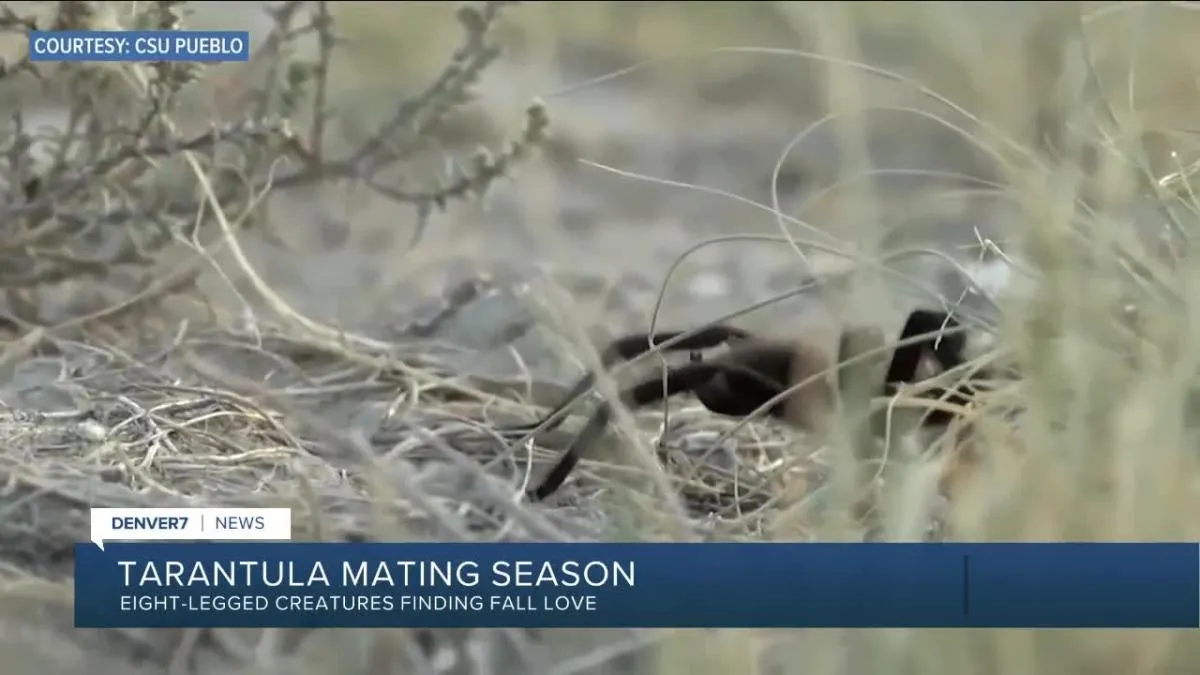
The most common time for tarantula migrations is during the breeding season, which typically occurs in late summer or early autumn. This timing aligns with the end of the rainy season in many habitats, providing ample food and moisture for the spiders. The onset of cooler temperatures often triggers the migration, as it signals the end of the active season. Different tarantula species have slightly different migration periods, so research the specific species in your area to determine the best time to observe them. The duration of a migration can also vary, lasting from a few weeks to several months depending on environmental factors.
Environmental Factors
Environmental factors significantly influence tarantula migration. Temperature is a key trigger, with cooler temperatures often prompting the spiders to move. Rainfall also plays a role, with the end of the rainy season typically signaling the start of the migration. The availability of food and the presence of potential mates can also influence the movement. Weather conditions, such as humidity and wind, can also affect the timing and intensity of migrations. Understanding how these environmental factors interact can help predict when and where tarantulas will migrate.
Where Tarantulas Migrate
Tarantulas migrate in various habitats around the world. Their movement is influenced by factors like the availability of mates, suitable breeding grounds, and suitable shelter. The specific locations of migration vary based on the species of tarantula and the local environment. Observing these spiders requires knowing their preferred environments and understanding how they navigate their surroundings.
Popular Migration Locations
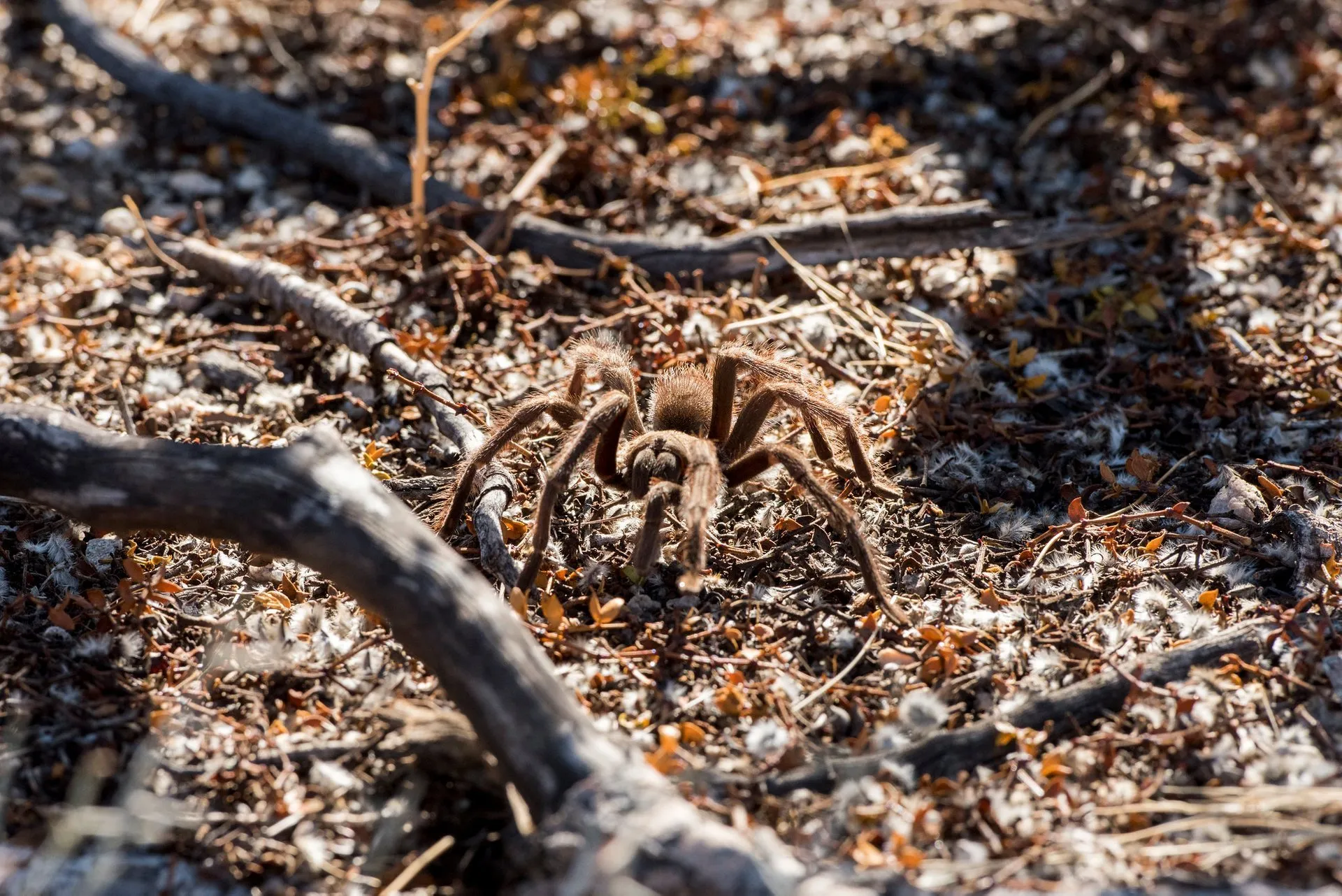
Tarantula migrations occur in various locations. The southwestern United States, particularly Arizona and New Mexico, is famous for its tarantula migrations. Other notable locations include parts of Central and South America, as well as areas of Africa and Asia. The exact locations can vary from year to year, depending on environmental conditions. Research the specific areas known for tarantula migrations to plan your observation trip, understanding that the best spots often change with the seasons.
Habitat Preferences
Tarantulas have specific habitat preferences that influence their migration patterns. They often prefer dry, open areas with plenty of cover, such as grasslands, scrublands, and deserts. The presence of burrows or other hiding places is crucial for their survival, as they use these shelters to avoid predators and extreme weather conditions. The availability of food sources, such as insects and small animals, also influences their habitat choices. Understanding these habitat preferences helps in predicting the routes and destinations of tarantula migrations.
Why Do Tarantulas Migrate
The primary reason for tarantula migration is mating. Mature male tarantulas embark on a journey to find receptive females, often covering considerable distances. This behavior is driven by the need to reproduce and ensure the survival of their species. Other factors, such as the search for suitable habitats and resources, can also influence their movement. The reasons for migration are varied, but they all relate to the spiders’ survival and reproductive success. Understanding the motivations behind these migrations helps appreciate the complexity of these creatures’ lives.
Mating Rituals and Migration
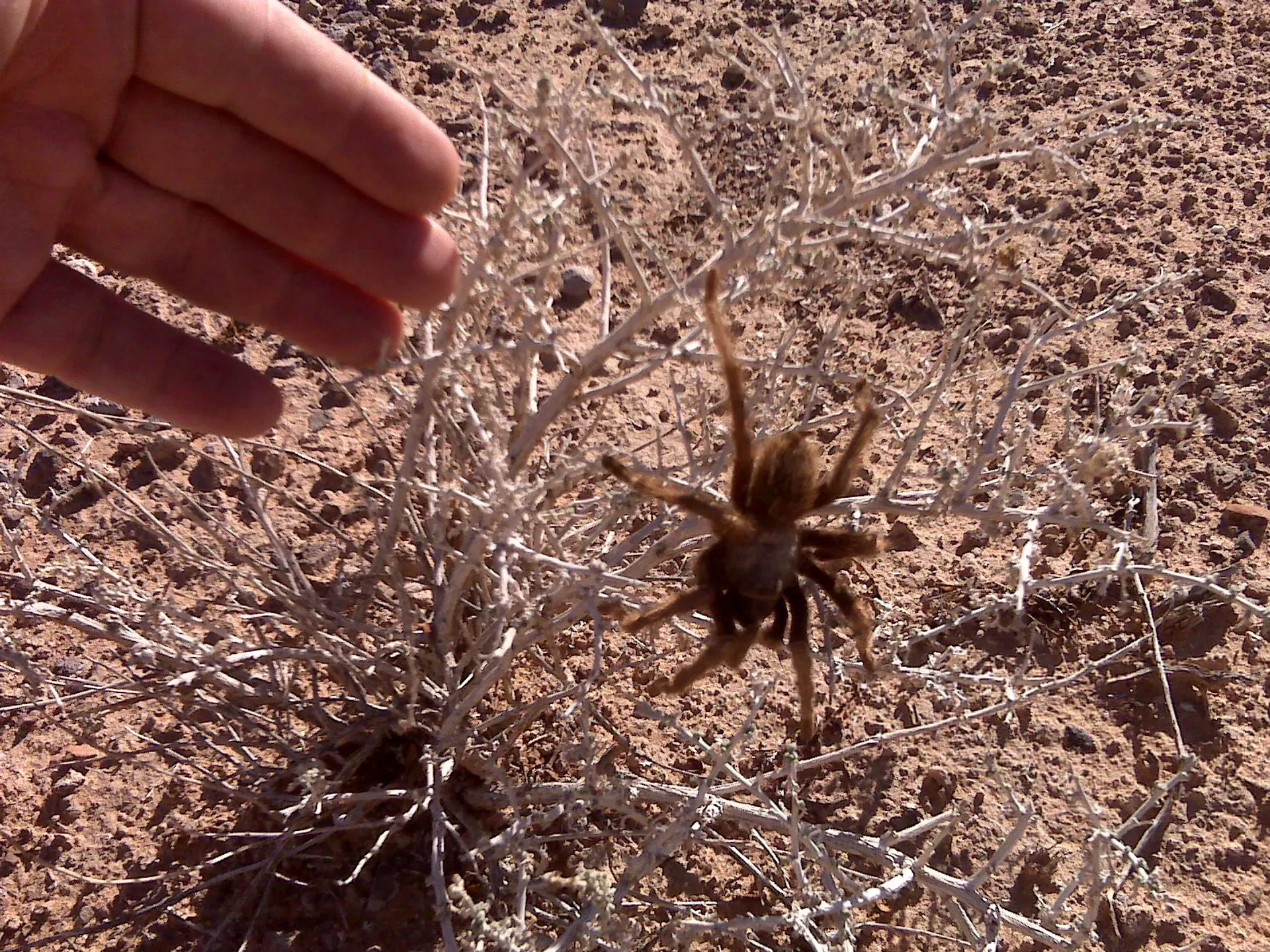
Mating is the central purpose behind tarantula migrations. Males set out to find females, often following pheromone trails or using visual cues. The mating process involves a complex series of rituals. Once a male finds a female, he engages in a courtship dance to assess her receptiveness. If the female is receptive, the male will approach her carefully, deposit sperm, and quickly retreat to avoid being eaten. The migration itself is directly linked to this mating behavior, as males travel to areas where females are likely to be found.
Finding a Mate
Male tarantulas use various methods to find a mate during migration. They often follow pheromone trails left by females, which can guide them over long distances. Males may also use visual cues, such as the presence of a burrow or the female’s position, to locate potential mates. During migration, males prioritize finding receptive females, so their movement patterns are heavily influenced by these search strategies. The search for a mate is a primary driver of tarantula migration, making it a critical behavior for species survival.
The Search for Suitable Habitats
Apart from mating, tarantulas also migrate to find suitable habitats. This includes seeking shelter and resources needed for survival. Habitat quality, including access to food and protection from predators, is a vital factor. As seasons change and habitats become less suitable, tarantulas may move to more favorable locations. The search for resources and shelter is often intertwined with mating, as the best habitats are essential for successful reproduction and offspring survival.
Shelter and Resources
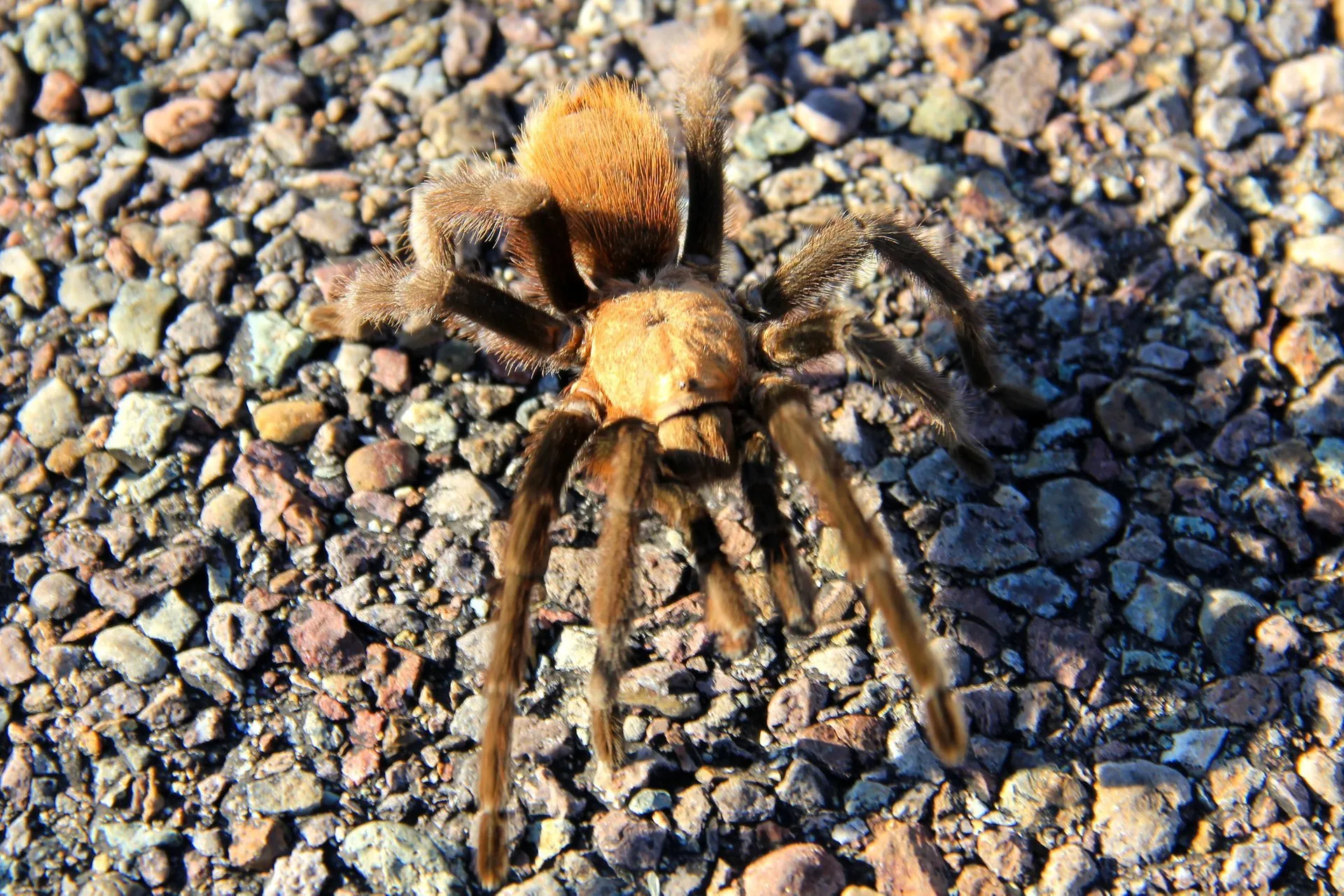
Suitable shelter and resources are critical factors for tarantulas during and after migration. They need safe places to hide from predators and harsh weather conditions, such as burrows or rocky crevices. Access to food sources, including insects and small animals, is equally important for their survival. During migration, tarantulas often look for areas where these resources are abundant. This search is often driven by their instinct to survive and reproduce, ensuring they can thrive in their new habitat.
Amazing Facts About Tarantulas
Tarantulas are fascinating creatures. They boast unique characteristics and behaviors that make them a subject of great interest to both scientists and nature enthusiasts. Their size, lifespan, and hunting strategies are all remarkable. Learning these facts gives a deeper appreciation for these impressive arachnids.
Size and Appearance
Tarantulas are among the largest spiders in the world, with some species having a leg span of over 10 inches. They are easily recognizable due to their hairy bodies and large size. The color varies greatly depending on the species, ranging from brown and black to vibrant shades of blue, red, or orange. Their appearance is a key feature, making them easy to identify. Their size and striking appearance also contribute to their popularity.
Lifespan
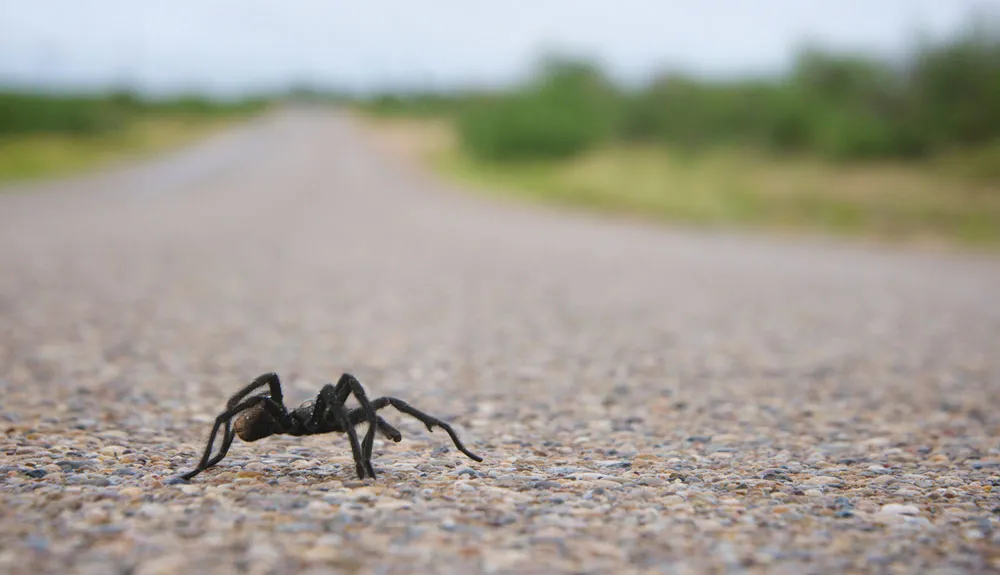
Tarantulas are known for their relatively long lifespans, especially compared to other spiders. Females often live for 20 to 30 years or more, while males typically have shorter lifespans, often only a few years, due to the risks associated with mating and their subsequent vulnerability. This long lifespan allows for multiple reproductive cycles, contributing to the species’ survival and giving researchers more opportunities to study their behavior.
Diet and Hunting
Tarantulas are primarily carnivores, feeding on insects, other spiders, and occasionally small vertebrates like lizards and mice. They are ambush predators, using their fangs to inject venom that immobilizes their prey. They then use digestive enzymes to liquefy their meal before consuming it. Their hunting strategies and diverse diet contribute to their role in the ecosystem, helping control insect populations and serving as a food source for other animals.
How To Observe a Tarantula Migration Safely
Observing a tarantula migration can be an unforgettable experience, but it’s essential to do so safely. These spiders are generally not aggressive, but they can bite if they feel threatened, and their bites can be painful. Safety also involves protecting the spiders and their habitat. Knowing the best time and place to observe the migration and following safety tips ensures a positive and responsible experience.
Best Time and Place
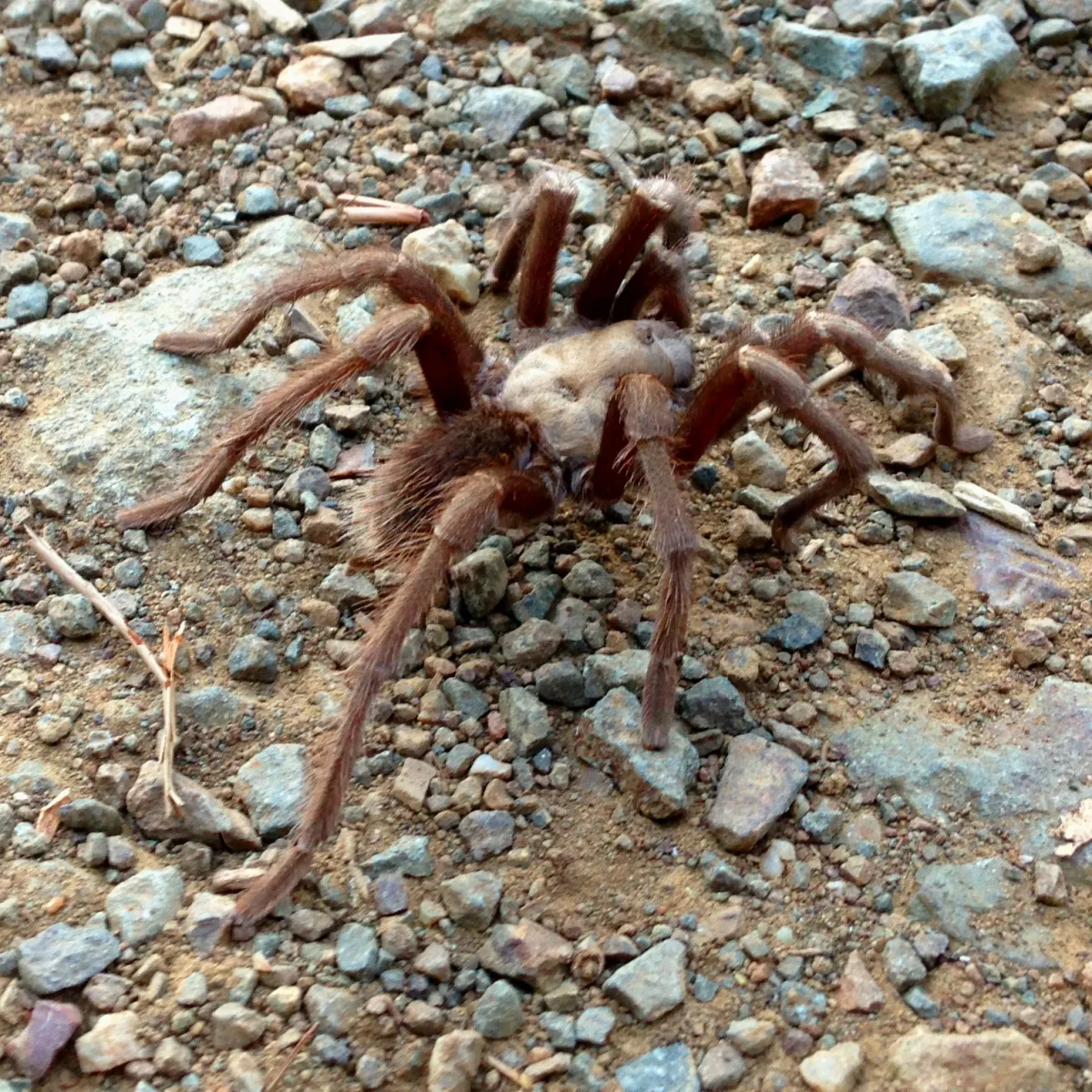
The best time to observe a tarantula migration is during the breeding season, typically late summer or early fall. Research the specific species in your area to determine their migration patterns. The best places to observe are areas known for tarantula activity. This could include grasslands, deserts, and scrublands where their habitats are. Check local wildlife reports or contact conservation organizations to find out where migrations are expected. Being prepared and knowing where to look will greatly enhance the chances of witnessing a tarantula migration.
Essential Safety Tips
Safety is crucial when observing tarantula migrations. Maintain a safe distance from the spiders, avoid handling them, and never attempt to provoke them. Wear sturdy shoes and long pants to protect yourself from potential bites or other hazards. Carry a first-aid kit, including insect repellent and any necessary medication. Be aware of your surroundings, and avoid walking in areas where you cannot see the ground. Consider going with a partner or a group for added safety. Taking these precautions will minimize risks and ensure an enjoyable observation experience.
Respecting the Tarantulas
Respecting tarantulas and their environment is essential. Avoid disturbing their natural habitat or interfering with their migration. Do not try to collect or relocate the spiders. Observe them from a distance and appreciate their behavior. Leave no trace of your visit, and dispose of any trash properly. Be mindful of other wildlife, and avoid making unnecessary noise or causing disruptions. Your respect will help preserve the natural beauty and integrity of their habitat. By adopting these practices, you contribute to conservation and allow others to enjoy the wonders of tarantula migrations for years to come.
